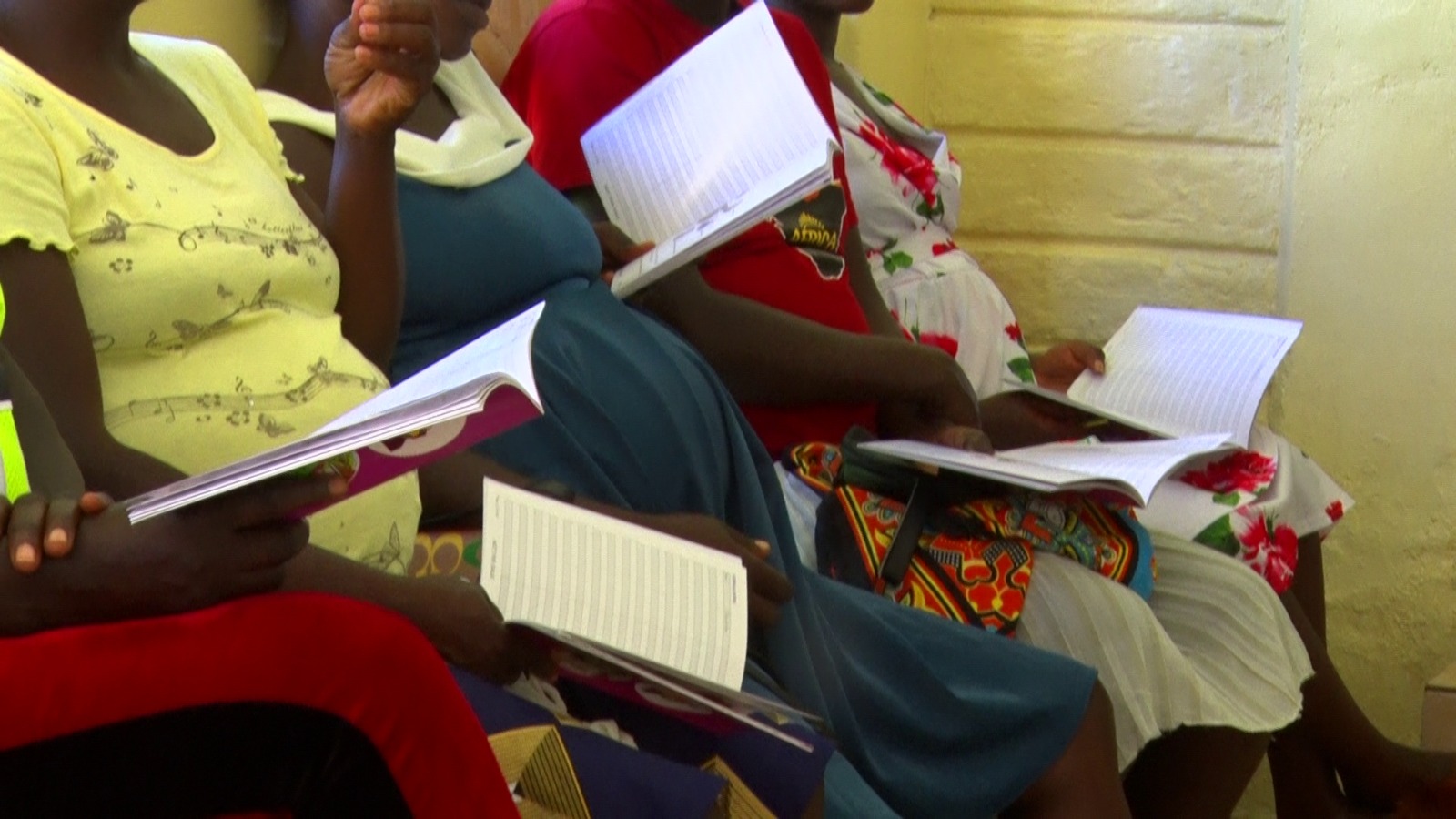
The situational analysis report on teen pregnancies in Kenya shows that nearly 60 per cent of child marriages are driven by poverty.
The survey reveals that teenage pregnancies are also contributing to child marriage at 49 per cent, highlighting an urgent need for targeted interventions to protect vulnerable adolescents.
Lack of access to education, cultural traditions like FGM and social norms are also factors at 42, 25 and 22 per cent respectively.
"About 60 per cent of the participants indicated that there were many cases of child marriages in their community," the survey states.
Another 16 per cent of respondents reported no cases in their area, while 24 per cent were uncertain.
The survey uncovered high rates of child marriage awareness, with 75 per cent of teenagers interviewed acknowledging they knew of between one to five child marriages in their communities.
"The
knowledge of the existence of about one to five-child marriages indicates that the practice is prevalent and common
in society," the report says.
This prevalence underscores the extent to which early marriage continues to affect young people, particularly in economically disadvantaged areas.
Child marriage rates are especially pronounced in Garissa, where 43 per cent of cases were reported, followed by Turkana at 38 per cent, Nairobi at 22 per cent, and Meru at 14 per cent.
Although Kenya's legal minimum age for marriage is 18, the survey shows that nearly one in 10 girls aged 14 and younger have already been subjected to child marriage.
This, experts say, is a worrying trend that highlights the need for swift government action.
The report notes that economic hardships often force families to marry off young daughters in exchange for dowries or simply to reduce household burdens.
The causes of child marriage also vary by region, reflecting Kenya's socio-economic diversity.
In Western and Nyanza counties, access to education and poverty were both reported as leading causes, each accounting for 30 per cent of cases, with teenage pregnancy ranking third at 21 per cent.
The arid and semi-arid (ASAL) counties, such as Kajiado, Narok, and Turkana, reveal a different picture, where cultural traditions and social norms dominate, contributing to 32 per cent of cases in Kajiado, 29 per cent in Narok, and 22 per cent in Turkana.
These statistics underscore how child marriage is influenced not only by economic pressures but also by deeply rooted cultural practices in certain regions.
The government of Kenya has made reducing adolescent birth rates a priority, with legal restrictions in place to prevent marriage before the age of 18 for both boys and girls.
However, the survey indicates that 18.6 per cent of those aged 15-18 are already in child marriages, a slight reduction from the 23 per cent recorded in the 2014 KDHS.
Although child marriage rates among boys are lower, with only 3 per cent married before age 18, the impact of early marriage remains profound, particularly for young girls.
"The worrying trend is the revelation by the survey that 9.1 per cent of those aged 14 years and below had engaged in child marriages, indicating a need for intervention," the report says.
"The government of Kenya has always been keen on reducing
adolescent birth rates, and therefore, the earliest age for legal marriage has been set at age 18 for both boys and
girls."
To effectively combat child marriage, experts argue that addressing poverty and providing education access are crucial steps.
They call for more targeted interventions to lift families out of poverty, promote schooling, and challenge social norms that perpetuate early marriage.
The study aimed to gain an understanding of the status of teenage pregnancy and child marriage in the country.
The study used a combination of both quantitative and qualitative methods of inquiry to facilitate data generation, analysis, and triangulation.
The survey sample size was 1,030 teenage and young girls and boys, spread out in twenty counties in Kenya
In this situational analysis done in late 2022 and early 2023, 1,030 participants were interviewed.
A significant number of the study participants, 42 per cent, were those aged 18-25 years, those between 15 -18 years formed 36 per cent, and those aged below 14 years were 22 per cent.











